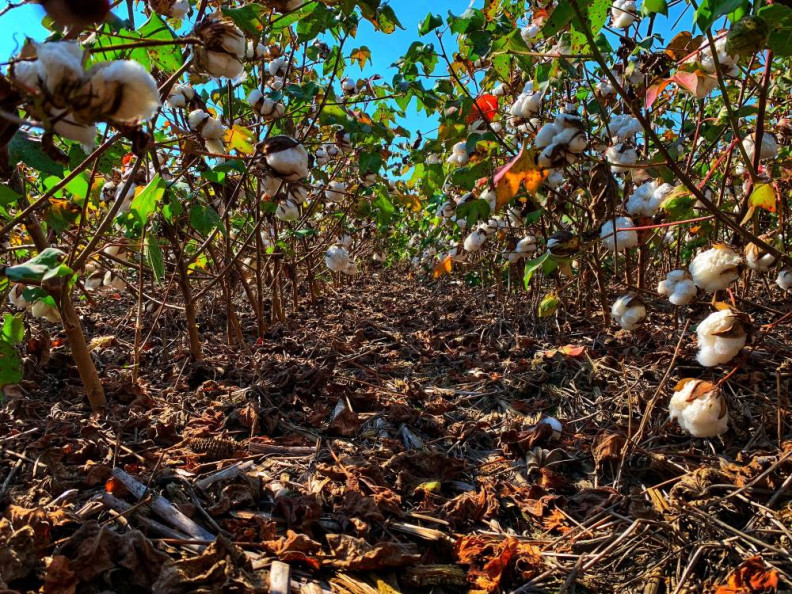Cotton demand has recovered faster than anyone expected since the pandemic slammed the market last year and will continue to support prices moving forward, according to National Cotton Council Economist Jody Campiche.
Speaking to the mid-year board meeting of Southern Cotton Growers July 22 at the Ritz-Carlton in Amelia Island, Fla., Campiche noted that prior to the COVID-19 pandemic, USDA was projecting global mill use for the 2019 crop year at 126 million bales. Then the pandemic hit and by the end of 2020, global mill use was pegged at 102 million bales, a dramatic decrease.
Since then, Campiche said there has been a significant recovery with mill use almost back to the level prior to the Coronavirus outbreak. She noted this recovery is now supporting cotton prices. Retail demand for textile goods in the U.S. and other countries is now at higher levels than prior to the pandemic which is also supporting prices.
In addition, data published by the U.S. Census Bureau shows that U.S. consumer spending on clothing in June was the highest level on record and 16% higher than the number in June 2019, prior to the pandemic. Campiche said this is also great news for cotton demand.
In the meantime, lower U.S. stocks are also supporting prices. USDA puts U.S. stocks at 3.2 million bales for the current crop year. Campiche does expect more U.S. cotton production next year, but she also sees continued tight stocks which will support prices.
“What we are seeing is prices have been trading at pretty high levels. As we look ahead, I think we’re going to see price support, especially with our lower supplies in the U.S. Now, as we look across the world, we still have a lot of cotton out there, but there are fundamentals in place where there are countries that are still demanding U.S. cotton, and I think that’s great news for us,” Campiche said.
Still, Campiche cautioned that textile mills do tend to turn to polyester as the price of cotton increases.
“Right now, polyester prices are still really pretty low. A lot of textile mills start looking at their cost of production and may end up switching to polyester. We want prices to be high, but we don’t want them too high that textile mills start shifting to more polyester,” she said.


